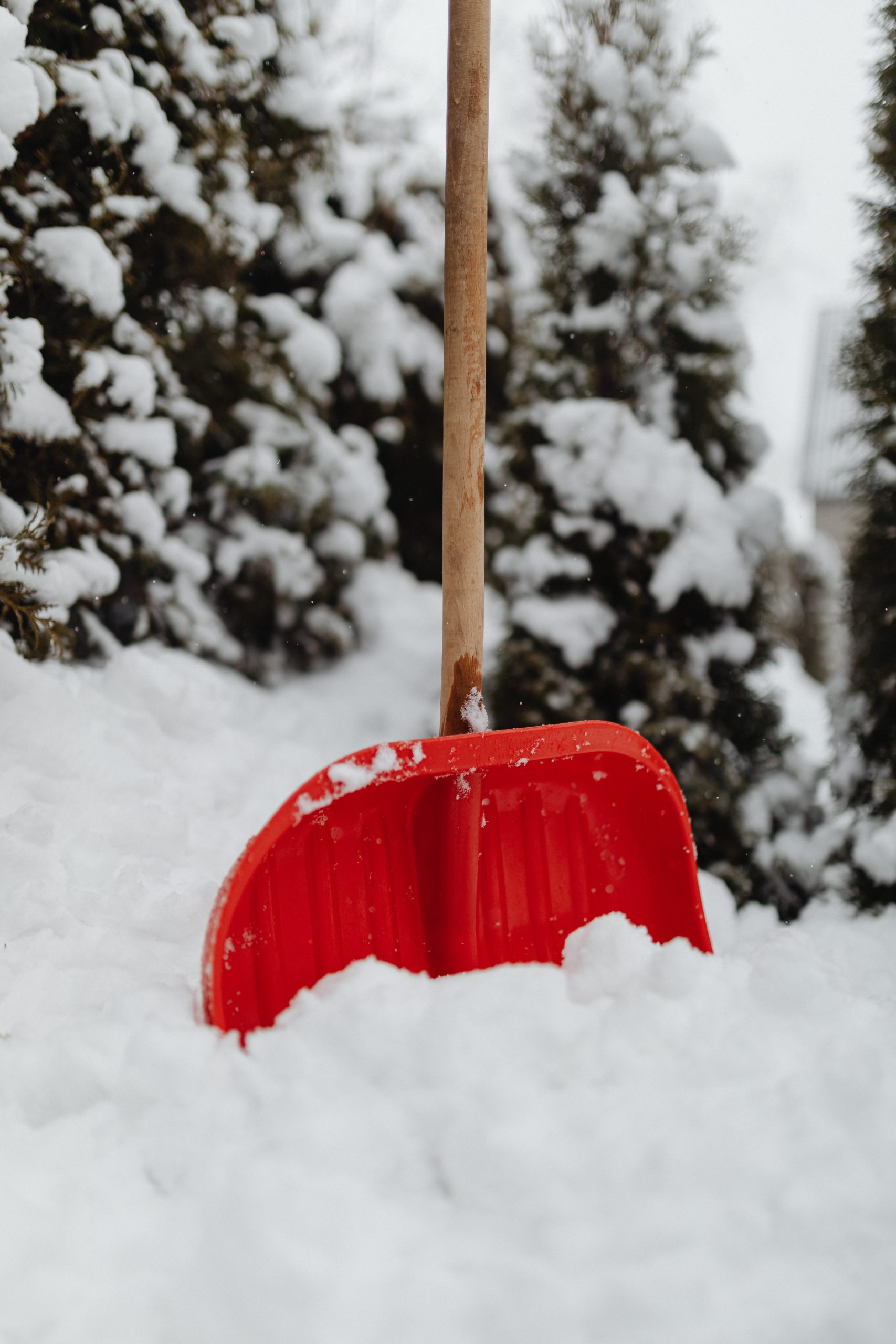
The promise of fresh snow often comes with the reality of snow removal. While clearing driveways and sidewalks is a winter necessity, it can lead to injury if not done properly. At Iowa Ortho, we want to help you stay active and injury-free this winter with these expert snow shoveling safety tips.
1. Warm Up First
Before grabbing your shovel, spend a few minutes doing light stretches for your back, shoulders, and legs. A quick warm-up increases blood flow and improves flexibility, reducing your risk of muscle strains and other injuries.
2. Choose the Right Shovel
Using the wrong shovel can strain your back and shoulders. Choose a lightweight, ergonomic shovel with a curved handle and a sharp blade. Plastic shovels are lighter than metal and easier on your body during repetitive lifting.
3. Lift with Your Legs, Not Your Back
Protect your spine by using proper lifting technique.
- Bend your knees
- Keep your back straight
- Use your leg muscles to lift snow
Avoid bending or twisting at the waist, which can increase your risk of back injury.
4. Pace Yourself and Take Breaks
Snow shoveling can be more demanding than you thin
- Don’t rush through it
- Take frequent breaks
- Stay hydrated
If you feel pain or fatigue, stop and rest. Overexertion is one of the most common causes of orthopedic injuries in winter.
5. Push—Don’t Throw
Whenever possible, push snow to the side instead of lifting and throwing it. If lifting is necessary, pivot your entire body rather than twisting at the waist. These small changes reduce stress on your back and shoulders.
6. Maintain Good Posture
Shovel with your feet shoulder-width apart, your back straight, and your core engaged. This stable stance protects your spine and improves balance, helping you move more efficiently.
7. Shovel in Layers
When snow is heavy or falling continuously, try shoveling in stages. Removing smaller amounts more often is easier on your body than tackling it all at once—especially if the snow becomes wet and heavy. Lighter, fluffier snow is much easier to move.
Stay Safe This Winter
Shoveling snow is a seasonal chore that doesn’t need to be dangerous. By practicing these snow shoveling safety tips, you can keep your walkways clear and protect your back and joints from unnecessary injury.
Fast Access to Injury Care at Iowa Ortho
If you’ve suffered an emergent injury while shoveling snow, Iowa Ortho’s Urgent Injury Clinic provides same-day care without the wait of an emergency room.
If your injury or pain isn’t an emergency but still needs attention, don’t wait—contact Iowa Ortho for an expert evaluation. We’re here to help keep you moving safely all year long.
Call us at 515-247-8400 or schedule an appointment online.
